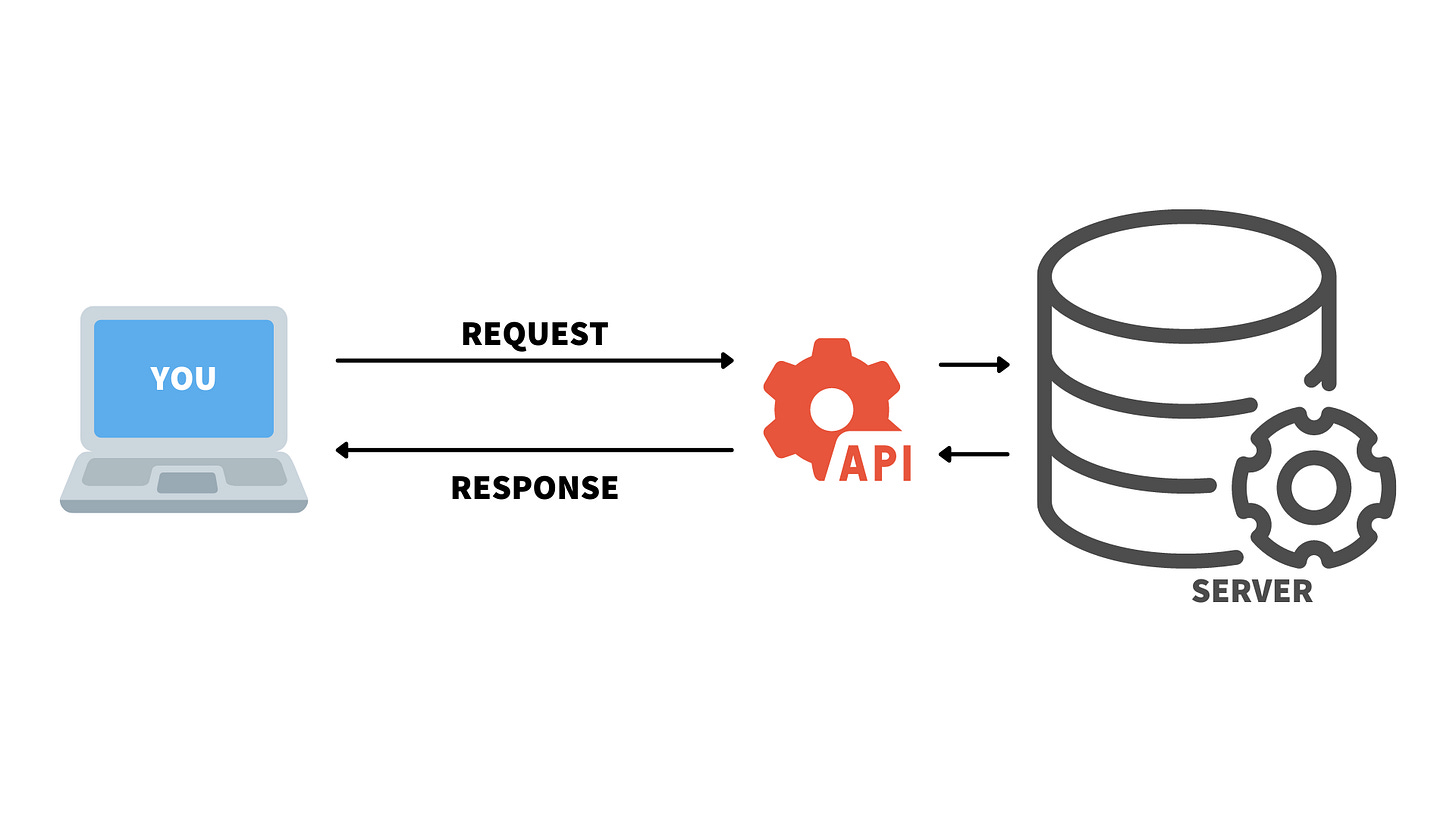API is a software intermediary that allows different applications to communicate and share data. In simple words, An API acts as a middleman, receiving requests from the client, processing them with the backend, and returning the results to the client.
The API (Application Programming Interface) lifecycle encompasses several stages through which an API goes from conception to retirement. Here’s a breakdown of the key stages with explanations and examples to help make it easier for a fresher to understand:
1. Planning Phase: In this phase, the stakeholders (business owners, product managers, and developers) come together to identify the need for the API. They gather requirements by considering potential users and the use cases.
Example:
Stakeholders may want to build an API that gives access to real-time weather data and 7-day forecasts. They identify target users such as mobile app developers, web developers, and data analysts.
2. Design Phase: This stage involves creating a detailed API specification which includes the decision on the API Protocol like REST or SOAP, API End Points with Query Parameters if any, Final URL, API Method (GET, DELETE, PATCH, or POST), Headers, Request and Response Body, and Authentication.
Example:
API Format can be JSON or XML.
API endpoint: /weather/current?location={city} with full URL as /https://api.tusharchopra.com/v1//weather/current?location={city}
In this example, GET is the HTTP method to fetch the current weather of a city and the response would be
JSON Response Example for Current Weather:
{
"location": "San Francisco, CA",
"temperature": "68°F",
"condition": "Cloudy",
"humidity": "78%"
}
3. Development Phase: Developers build the API according to the design specifications. This includes writing backend logic to handle requests, integrating with databases or third-party weather data providers, implementing security protocols to avoid unauthorized access and attacks, and finally returning the data in a specific format.
4. Testing Phase: It ensures that the API behaves as expected. Testing includes not just functional testing but also error handling and load testing.
Example:
Test scripts validate that GET /api/v1/weather/current?location=San Francisco returns a successful response with the correct data structure and handles erroneous requests like GET /api/v1/weather/current?location= gracefully by returning a meaningful error message:
{
"error": "Location parameter is required"
}
5. Deployment Phase: Once testing is complete, the API is deployed to a production environment where developers and applications can access it.
6. Monitoring Phase: After deployment, monitoring is critical to ensure the API remains functional, performs well, and meets user expectations. It tracks usage patterns, error rates, and response times.
Example:
Setting up logging (using tools like ELK stack) and monitoring services (like Grafana, New Relic, or Datadog). Gathering usage data to see which endpoints are most popular and how users interact with the API.
7. Maintenance Phase: APIs require ongoing maintenance to fix bugs, improve performance, and update functionality based on user feedback. Regular updates ensure the API stays relevant and continues to meet user needs.
8. Versioning: As the API evolves, versioning helps maintain backward compatibility. When new features are introduced or existing ones are modified, updating the version number ensures that existing integrations remain unaffected.
9. Deprecation and Retirement: Eventually, some APIs may become outdated or replaced by better alternatives. To retire an API gracefully, communication with users is critical, providing them with opportunities to migrate to newer versions or APIs.





